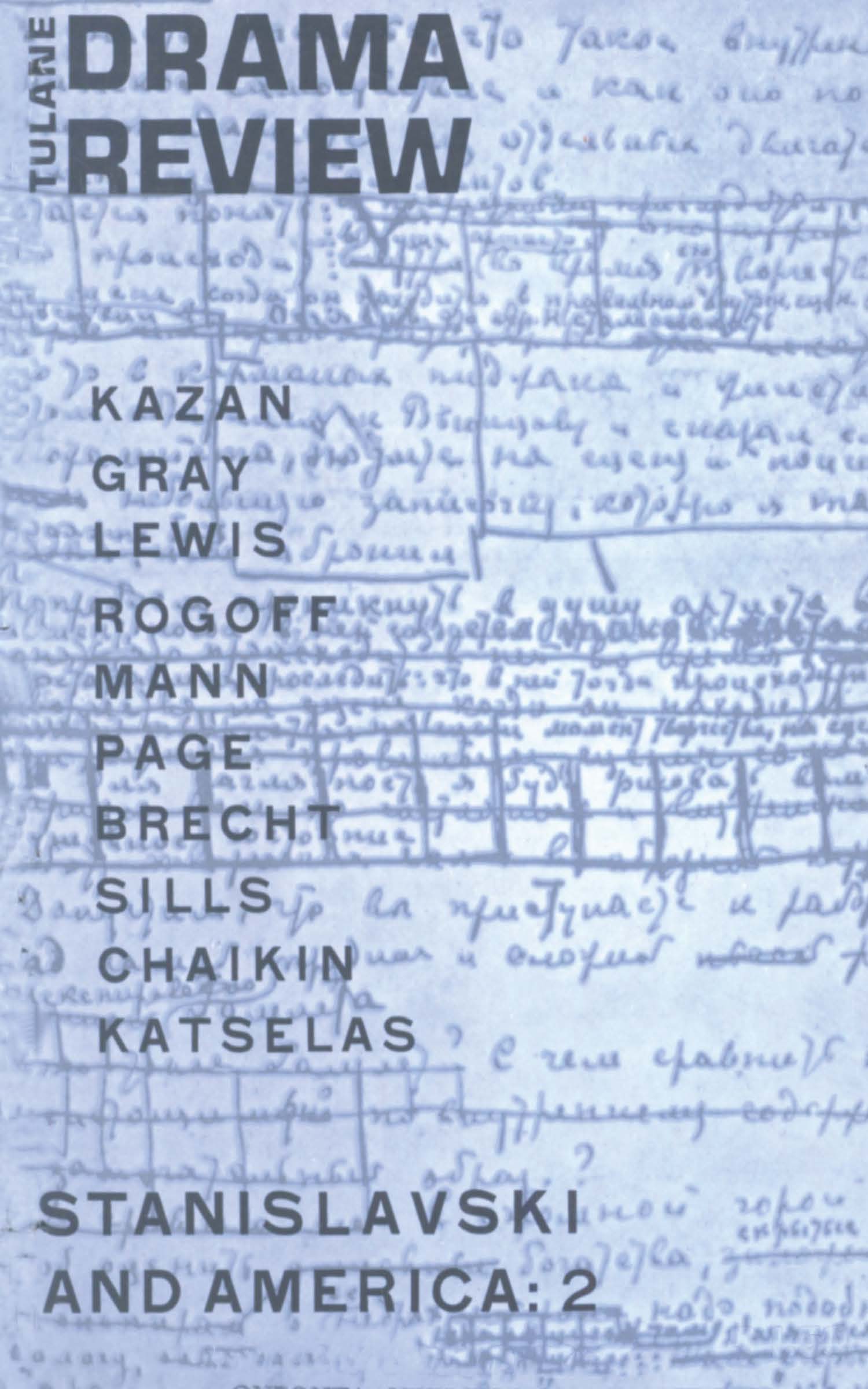Article contents
The Kathakali Theatre
Published online by Cambridge University Press: 23 November 2021
Extract
On the southern coast of India, the three-hundred-year-old Kathakali ritual theatre still flourishes, a mixture of dance and pantomime, religious inspiration and mythological tradition. This essay is neither an aesthetic analysis of Kathakali nor a study of its origins or its relationship to other forms of Indian theatre, for my main purpose in studying Kathakali was to acquaint myself with a specific technique and assess the possibilities of adapting it for the training of European actors.
According to the Kali chronogram Grahya Stutirgathaih, the gods made important contributions to the Indian theatre. Krishna appeared in Kalikut in 1657. He met a high priest and gave him a peacock feather; to celebrate this extraordinary event, the Krishnattam was created. It was a religious dance drama which glorified Krishna's exploits and the prowess of his Gopies. The spectacle soon became famous all through the state of Malabar.
- Type
- Research Article
- Information
- Copyright
- Copyright © The Tulane Drama Review 1967
- 14
- Cited by


